Dietary Preparation Guidelines
Morning Routine:
Starting your day right is crucial in food preparation. Here are the first steps to set the stage for the entire process.
- Monitor Temperatures: Active monitoring is key. Ensure the temperature of your stored food and proteins is consistent.
- Maintain Protein Temperature: The magic number for protein is below 40 degrees. This ensures freshness and safety.
- Use the Thermometer: It’s not just for show! Consistently check temperatures.
- Know Your Team: Communication is crucial. Familiarize yourself with the Lead in Food Prep.
Food Pan Handling:
Your pans are essential tools, and how you manage them can make or break your food preparation process.
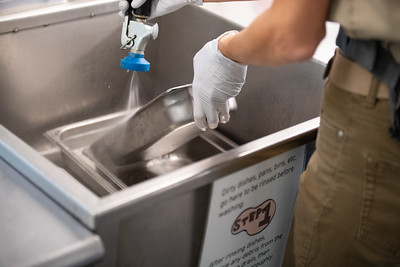
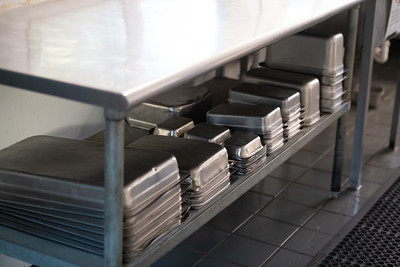
- Clean Pans: No remnants allowed! Always ensure your pans are free of leftover food or debris.
- Rinse and Wash: Develop a routine. First, rinse, then wash or store properly.
- Keep the Sink Clean: A clean sink is a happy sink. Regular maintenance is key.
- Stay Consistent: Complete tasks from start to finish for efficiency.
- Stay Prepared: Always be ready for the next dish!
Food Prep Protocols:
This is where the magic happens. Here are some golden rules to swear by.
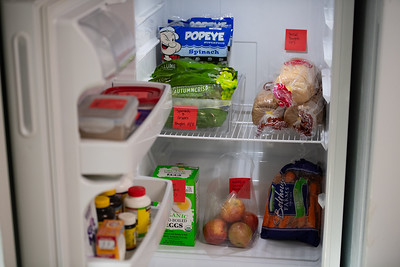
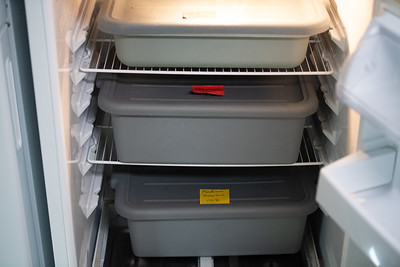
- Check Older Food First: Always use the oldest food first. Keep an eye on those labels!
- Use Fresh Food: Fresh is best. Ensure food freshness by regularly checking the cut date.
- Tag Everything: No mystery items! If it’s not labeled, label it.
- Reduce Waste: Storage is key. Proper storage minimizes waste and saves money.
- Allocate Efficiently: Prepare just what’s needed. Every animal deserves the freshest meal.
Preparation Tips:
Because a little extra knowledge never hurt anyone!
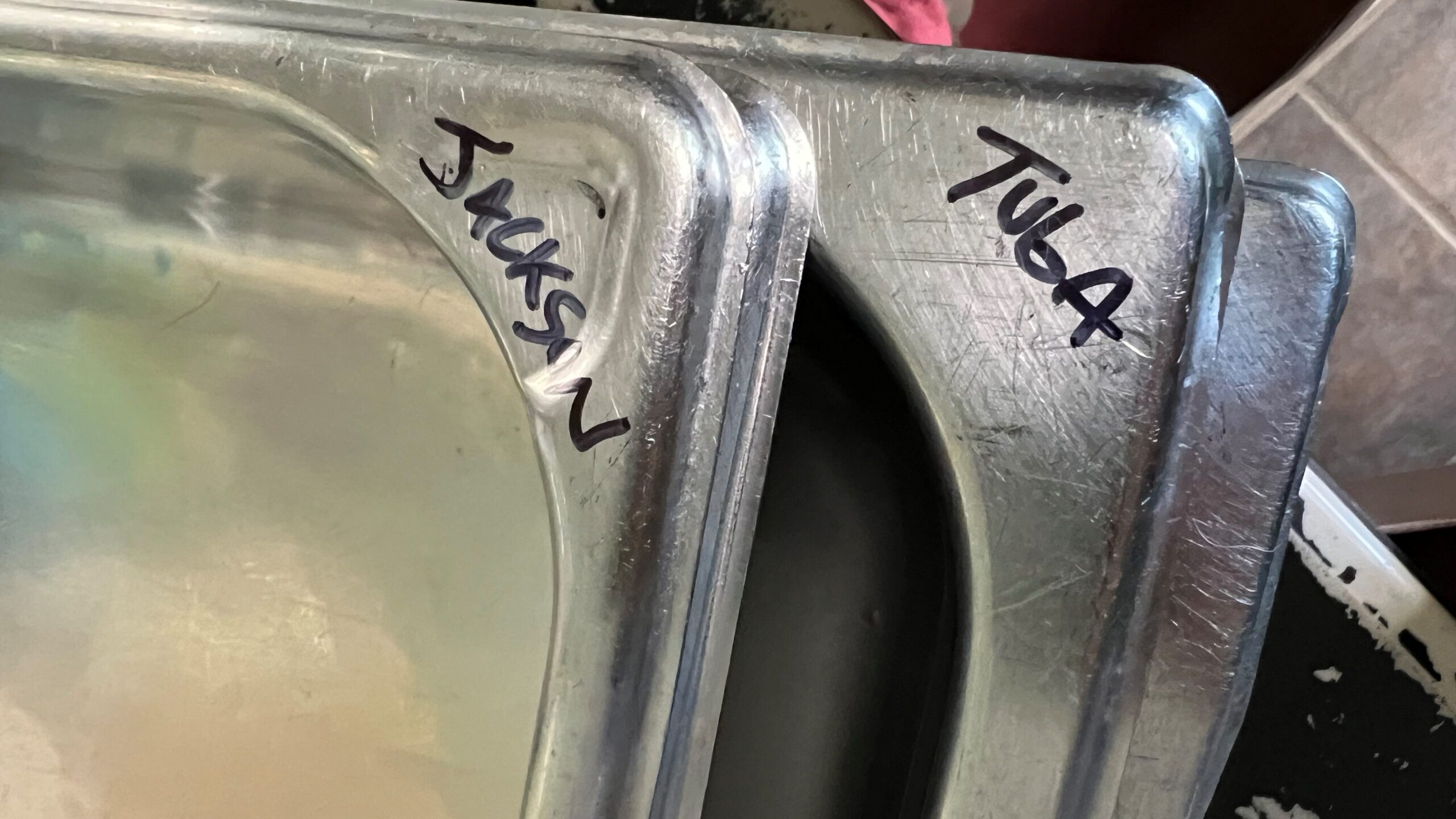
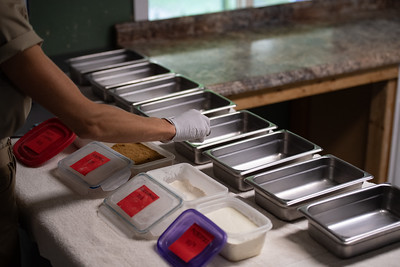
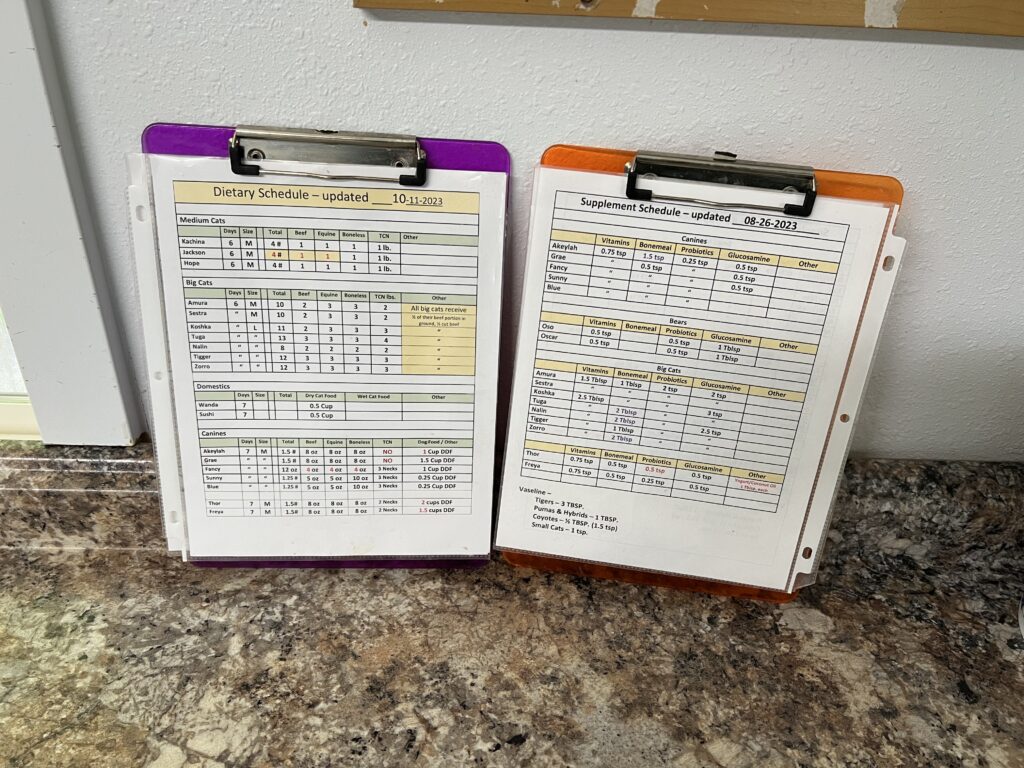
- Label Pans: Keep everything clear. No guessing games here.
- Systematize Supplements: One at a time. Consistency is key.
- Update Diet Knowledge: Keep up with any dietary changes. Consult regularly.
- Handle Produce: Fresh produce handling is an art. Brush up on the guidelines regularly.
Procedures for Filling Pans: Getting those meals ready!
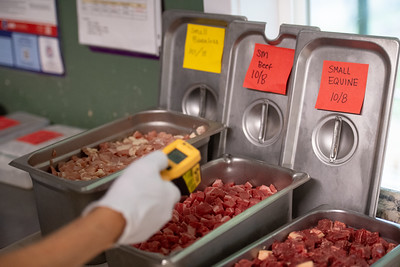
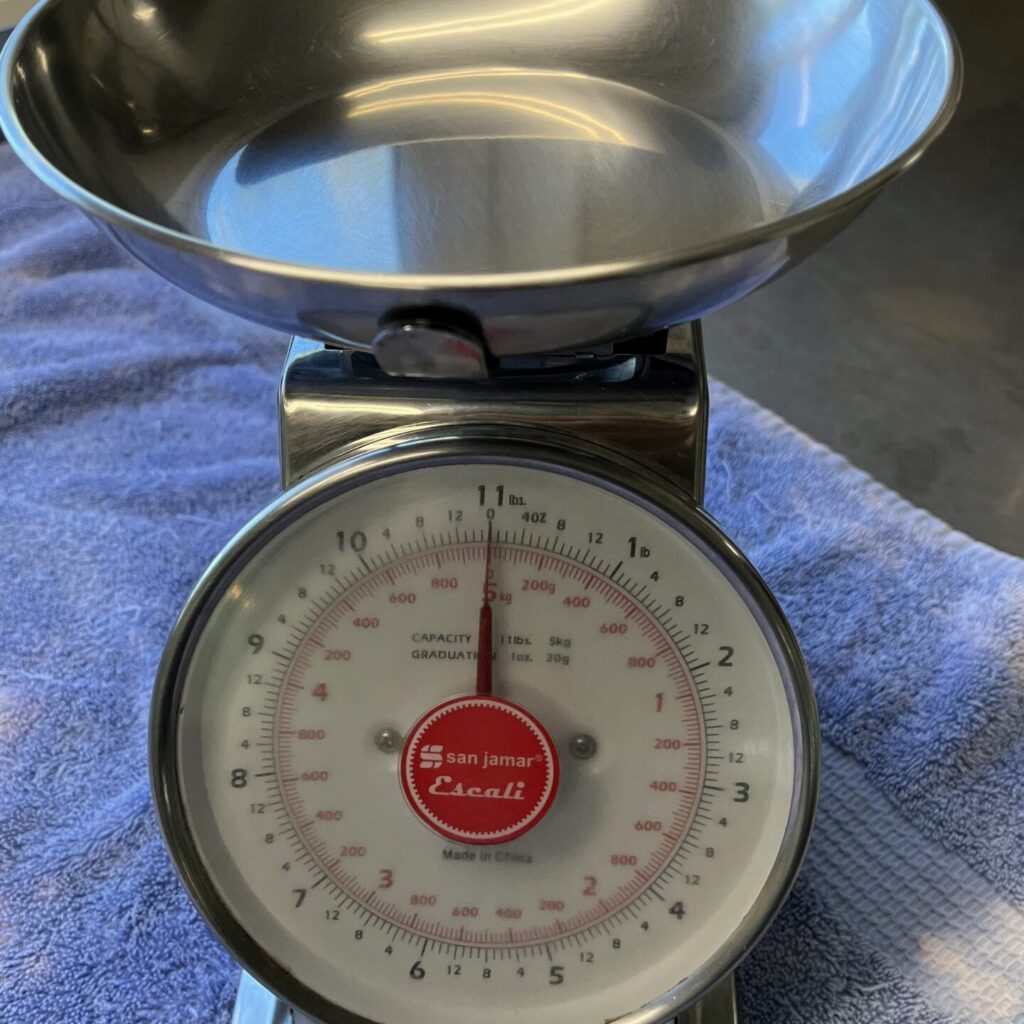
- Get Set Up: Your workstation is your sanctuary. Keep it well-equipped and organized.
- Weigh and Portion: Efficiency is key. Portion out proteins systematically.
- Mix in Supplements: Supplements come next. Mix them in after the produce.
- Work Systematically: Safety first. Always ensure proteins are at safe temperatures.
- Refrigerate: Once pans are filled, refrigerate immediately.
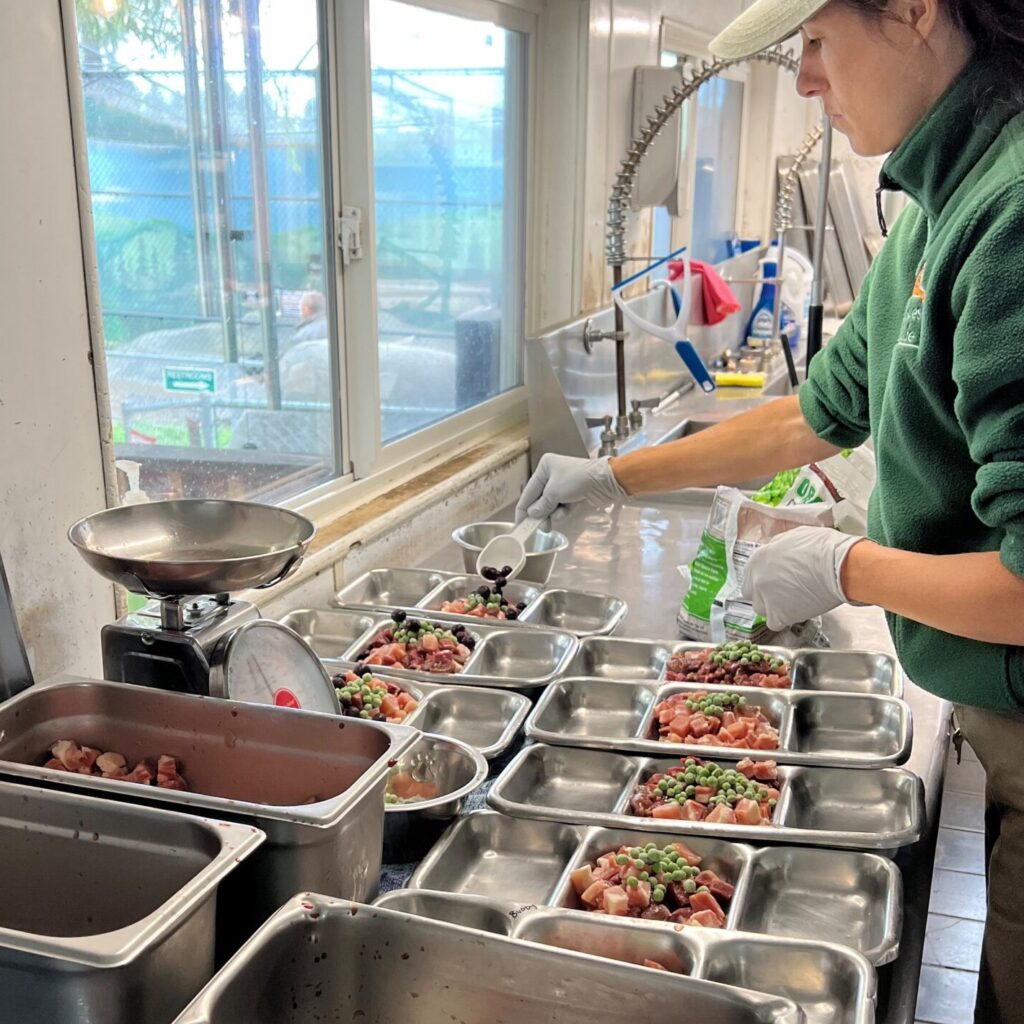
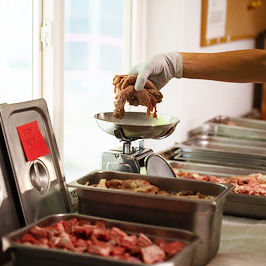
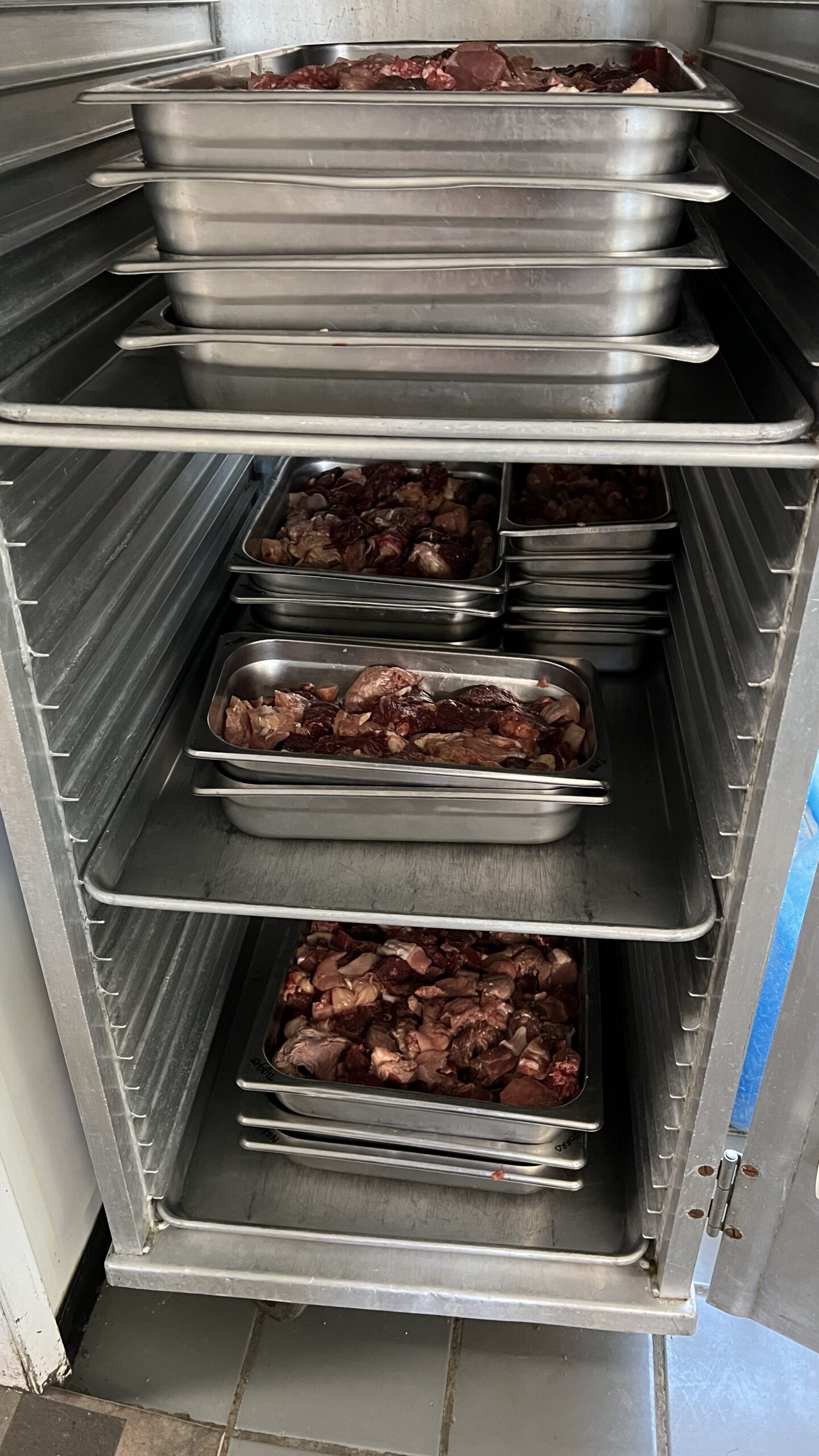
Final Steps: Finish strong!
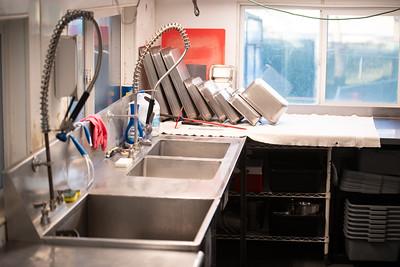
- Commit to cleanliness. Ensure your workspace is spotless and ready for the next round of preparation. Remember, a job well done always leaves a mark!
With these guidelines in place, food preparation can be a streamlined, efficient, and safe process. Always prioritize cleanliness, organization, and dedication to the highest quality food for those depending on you.